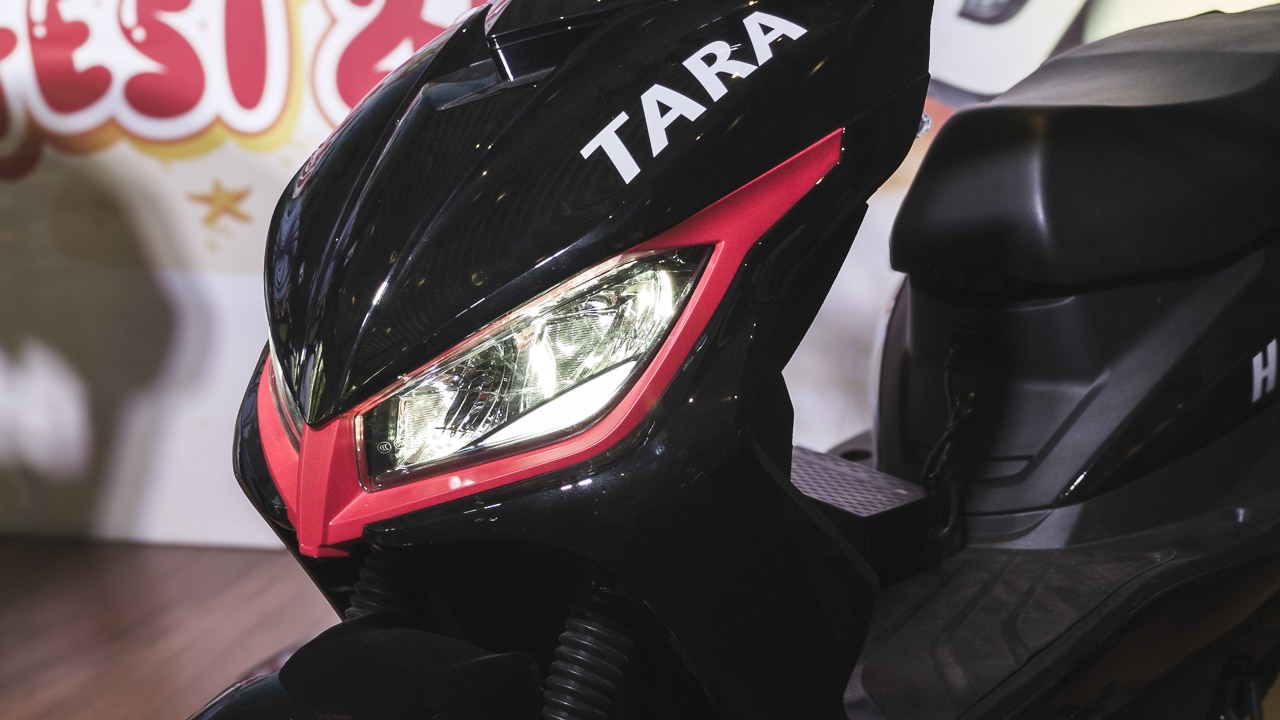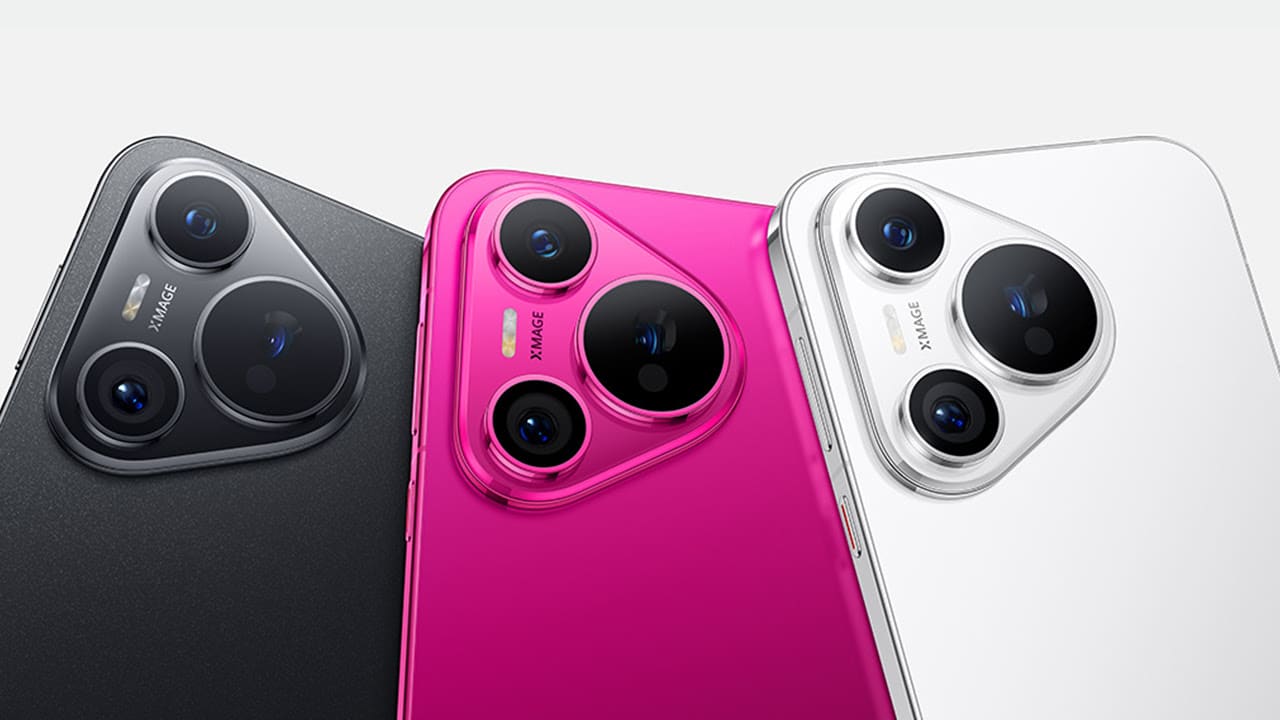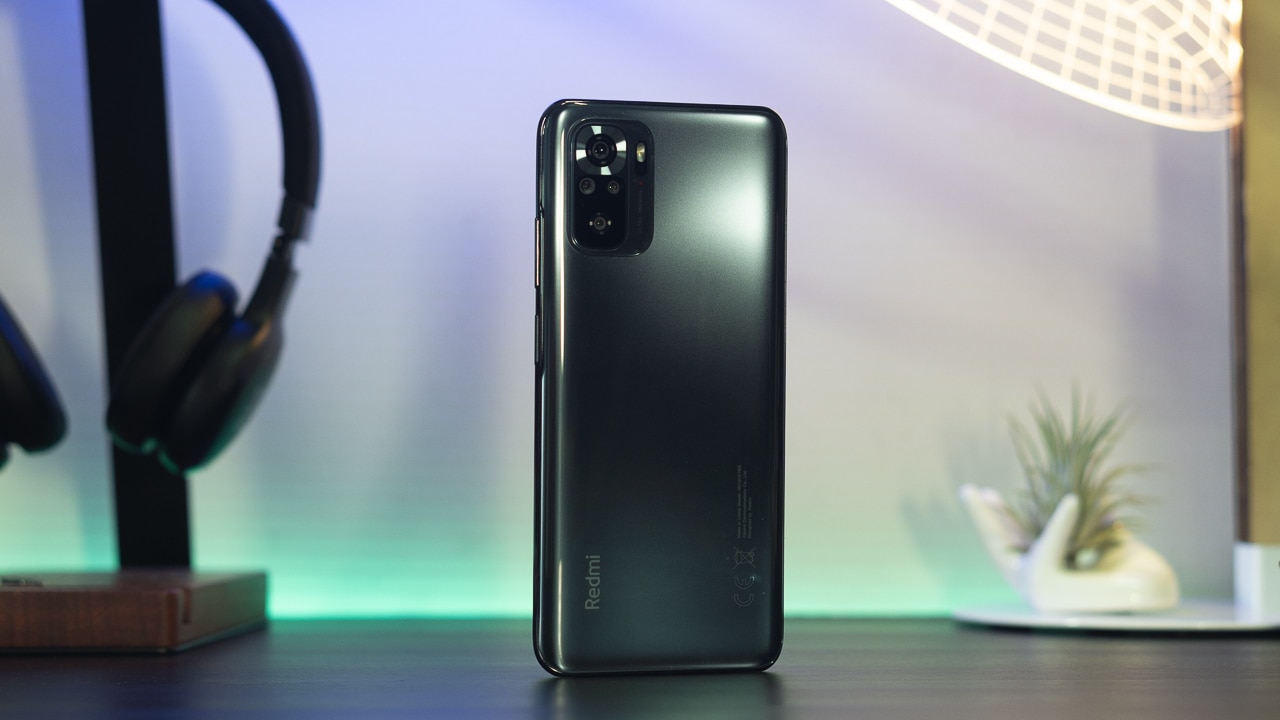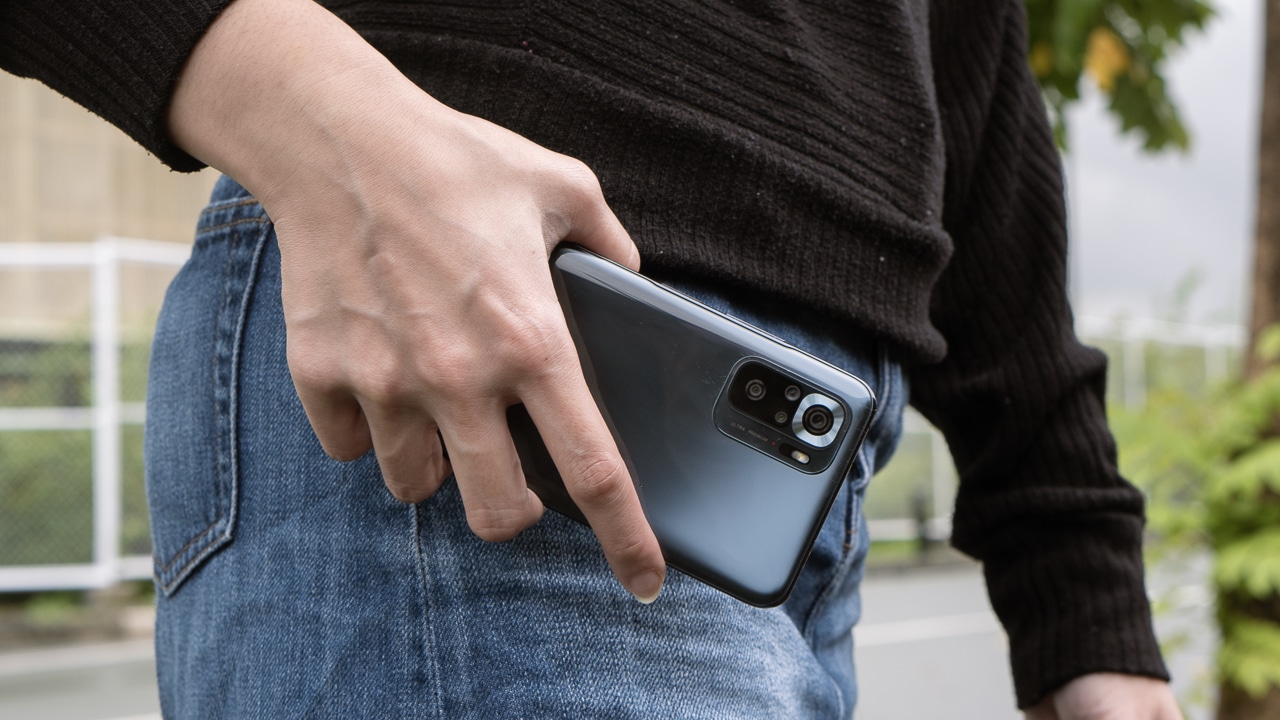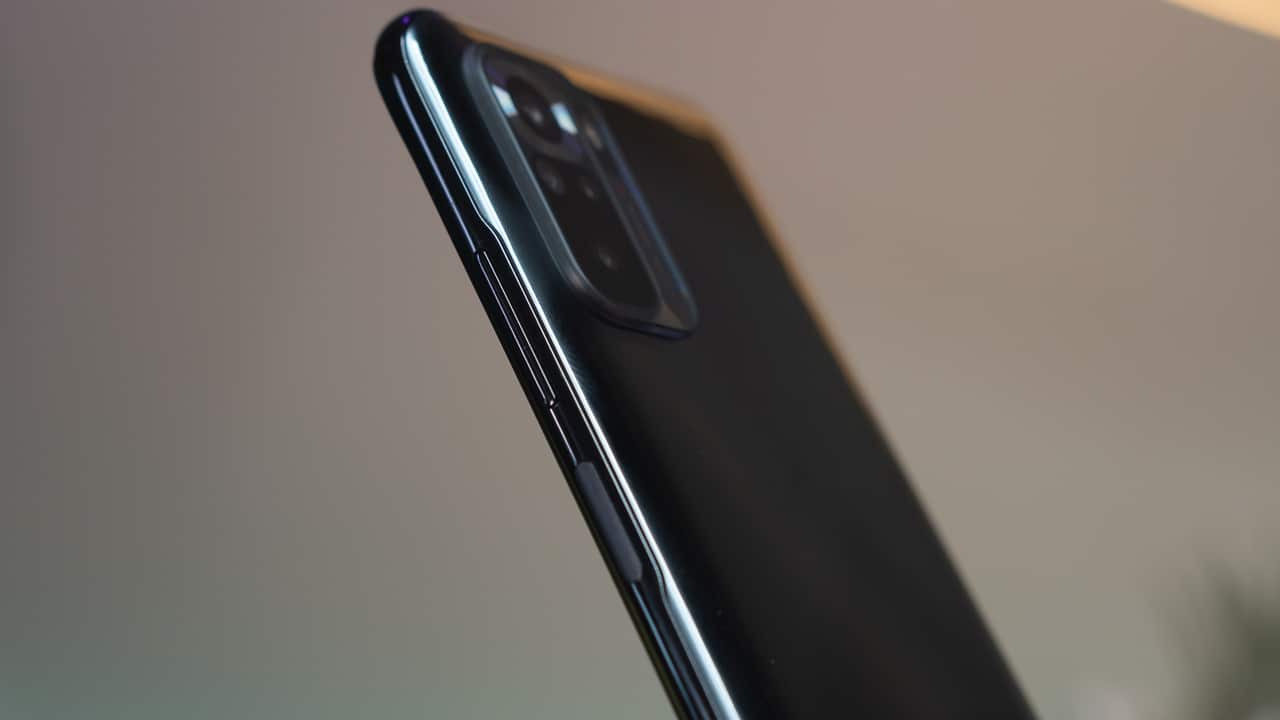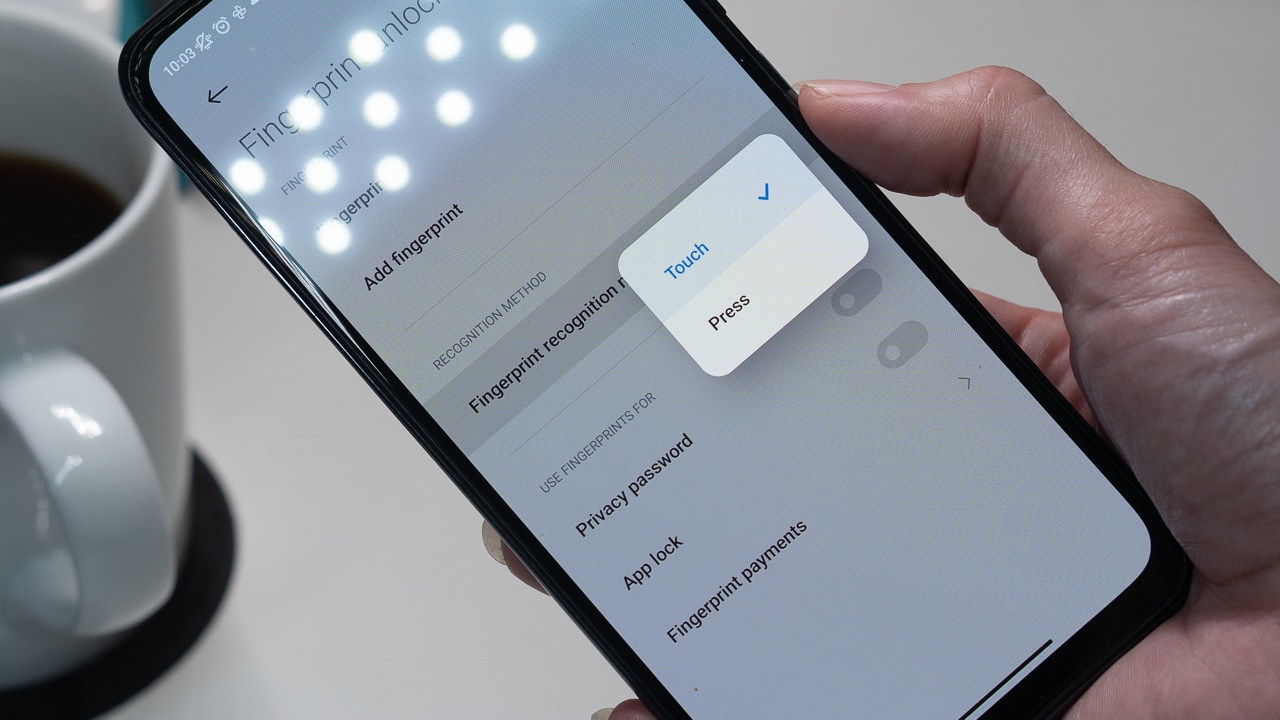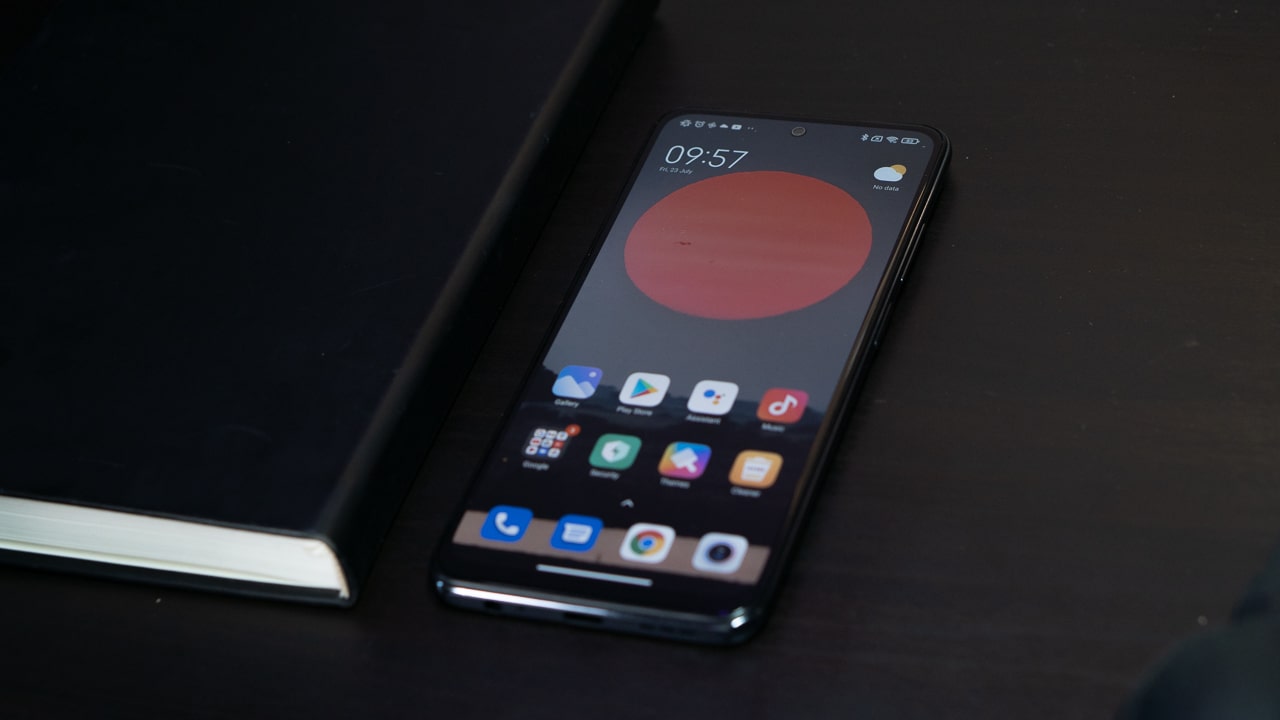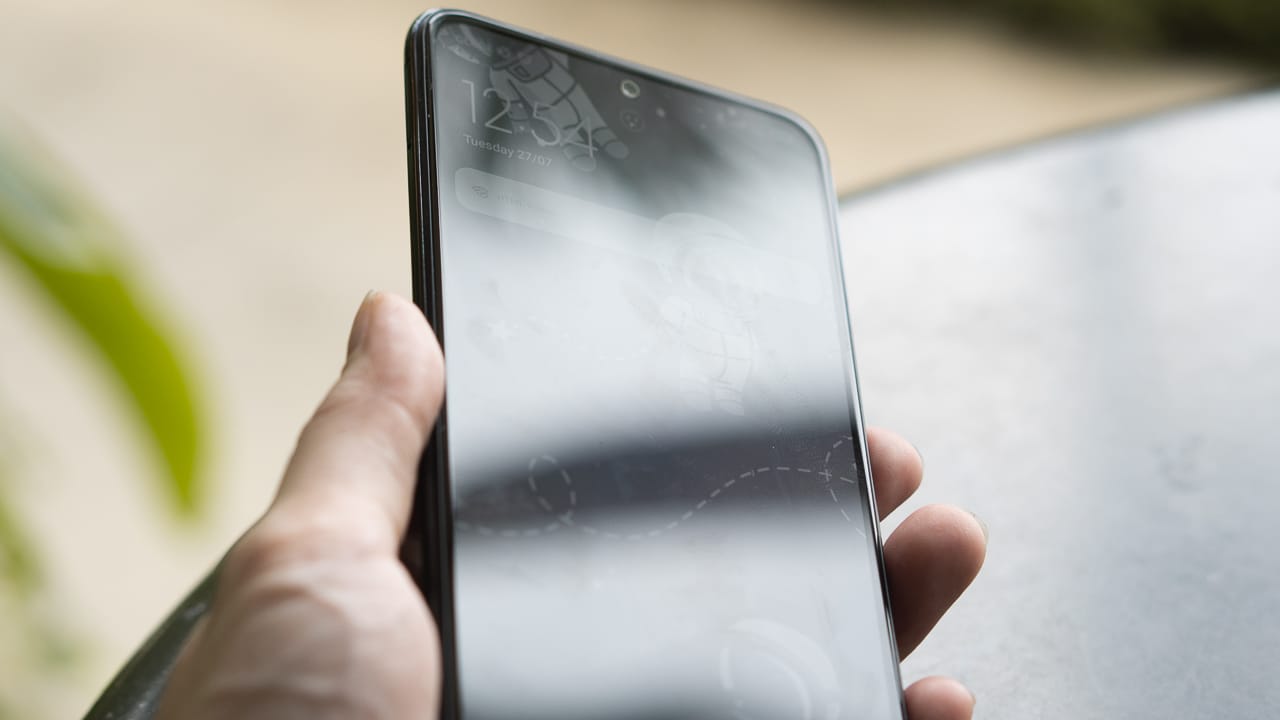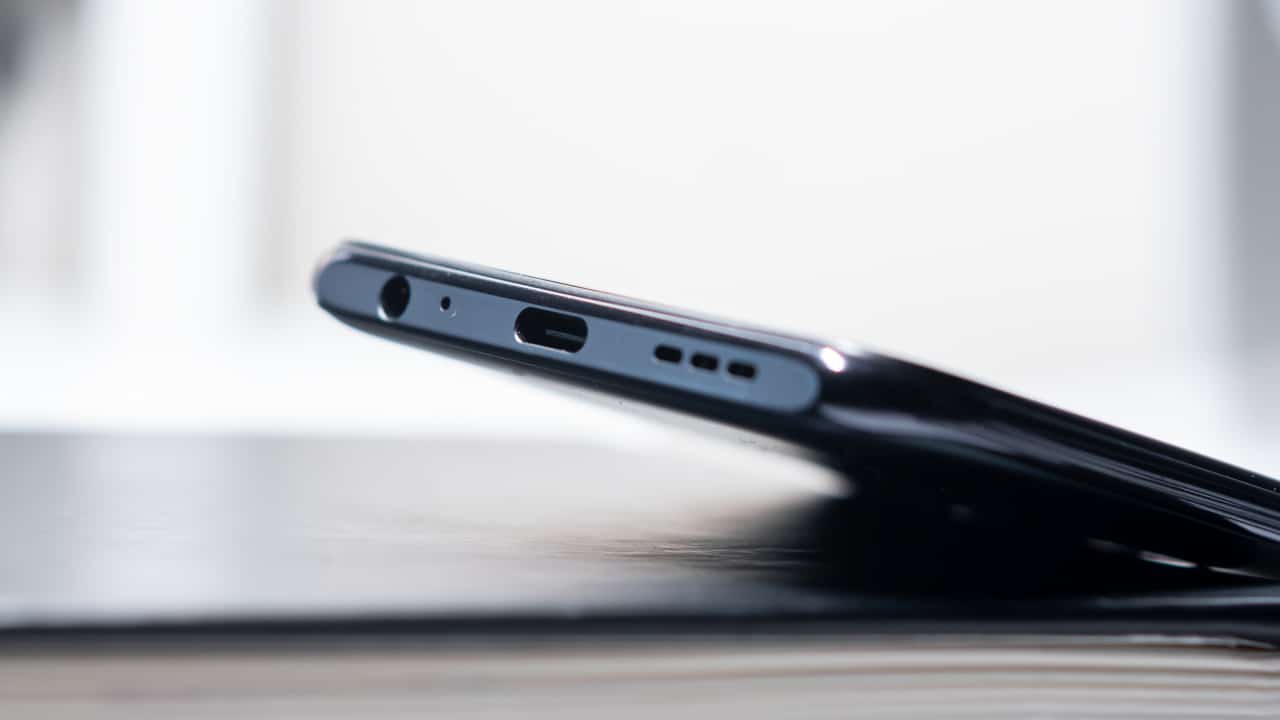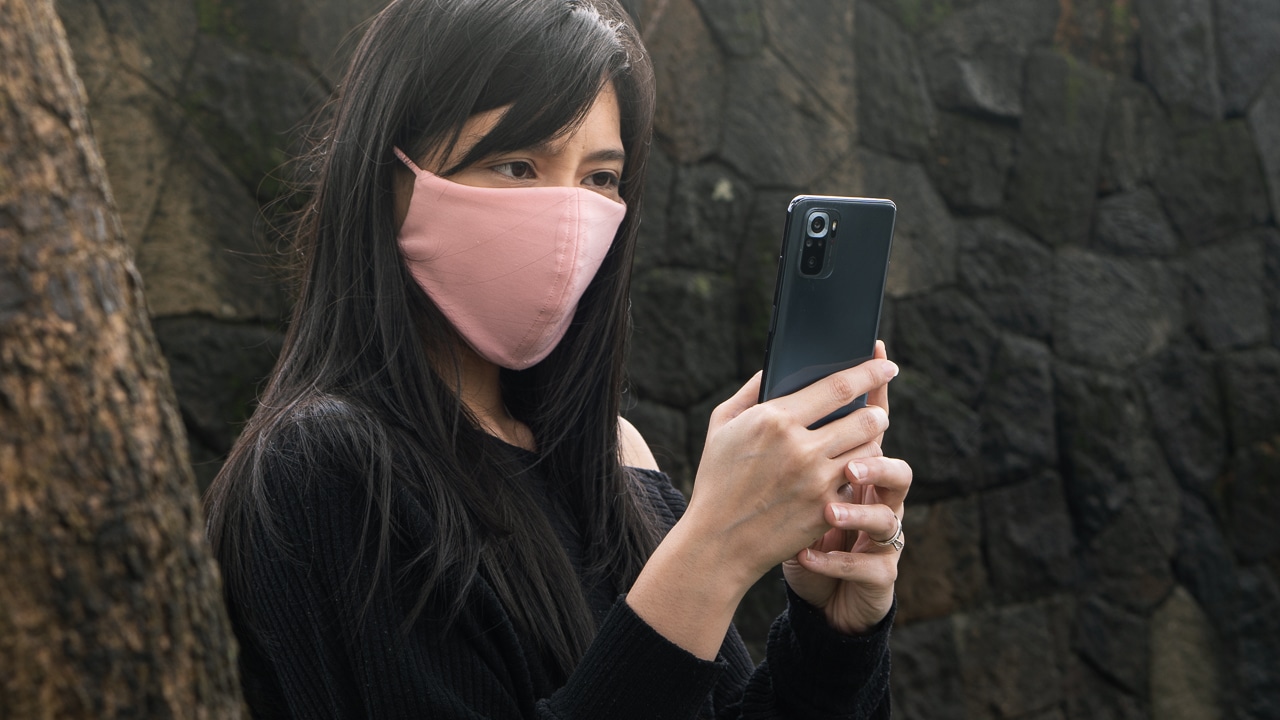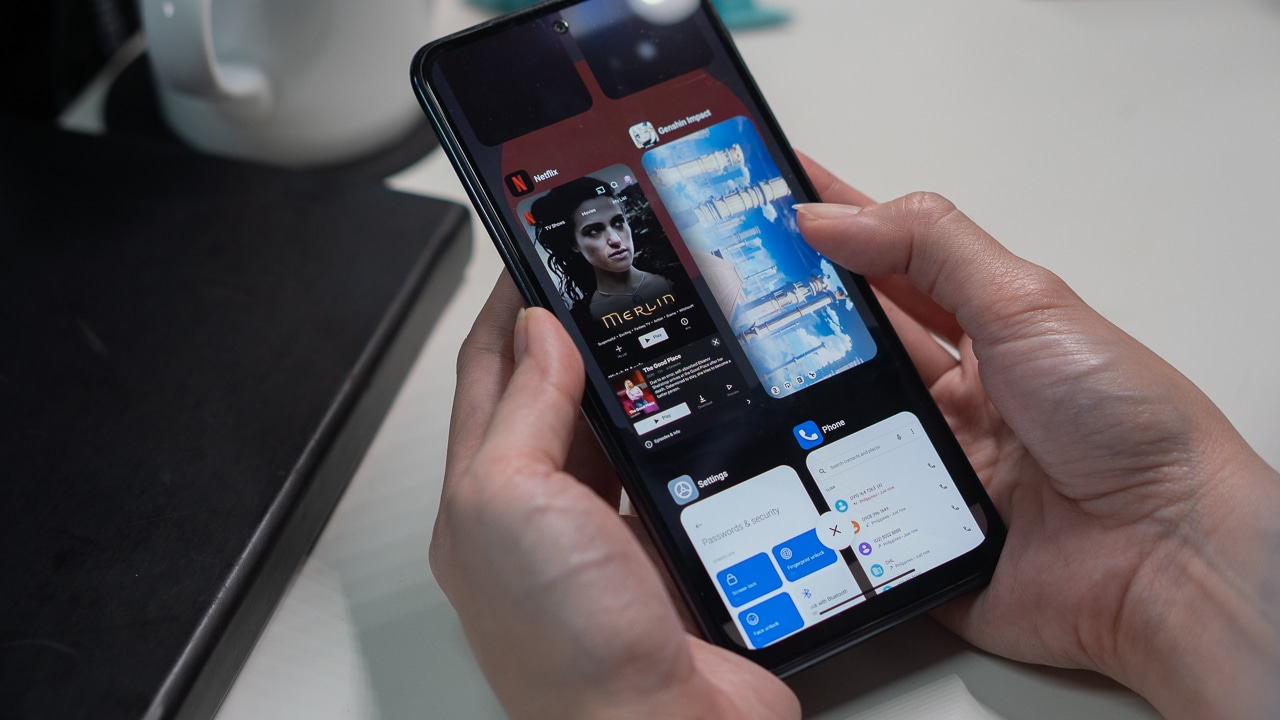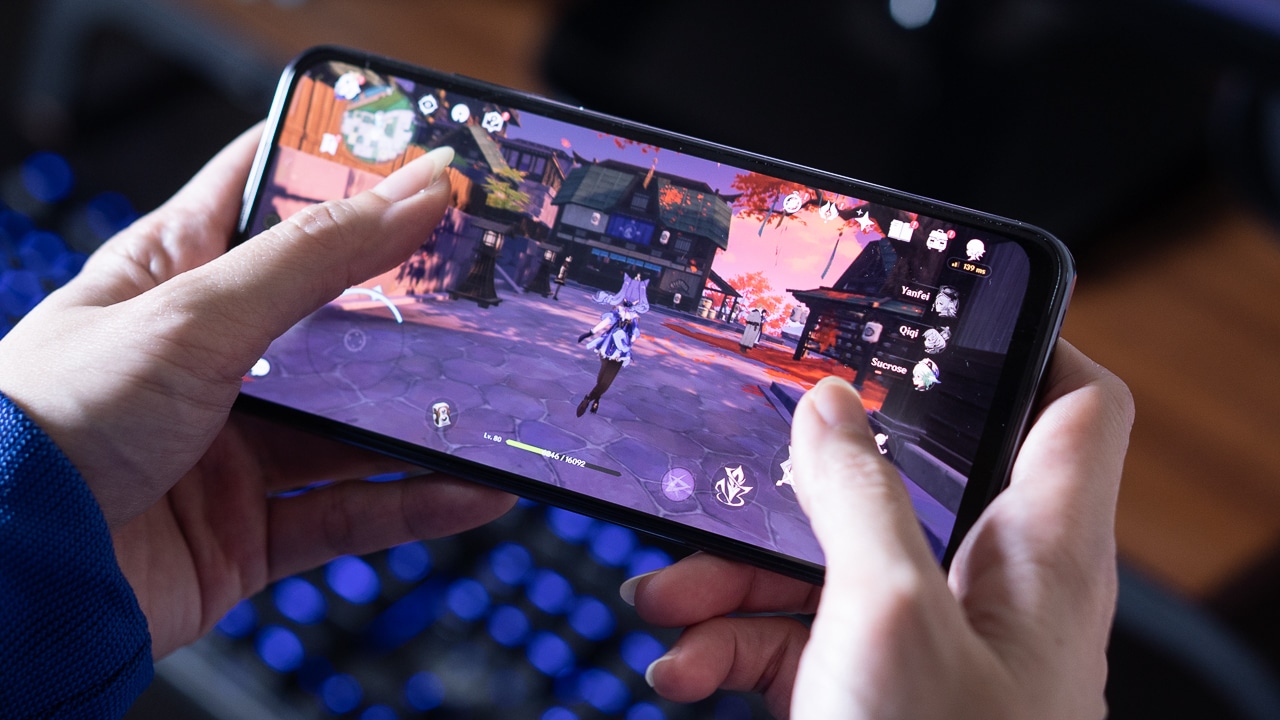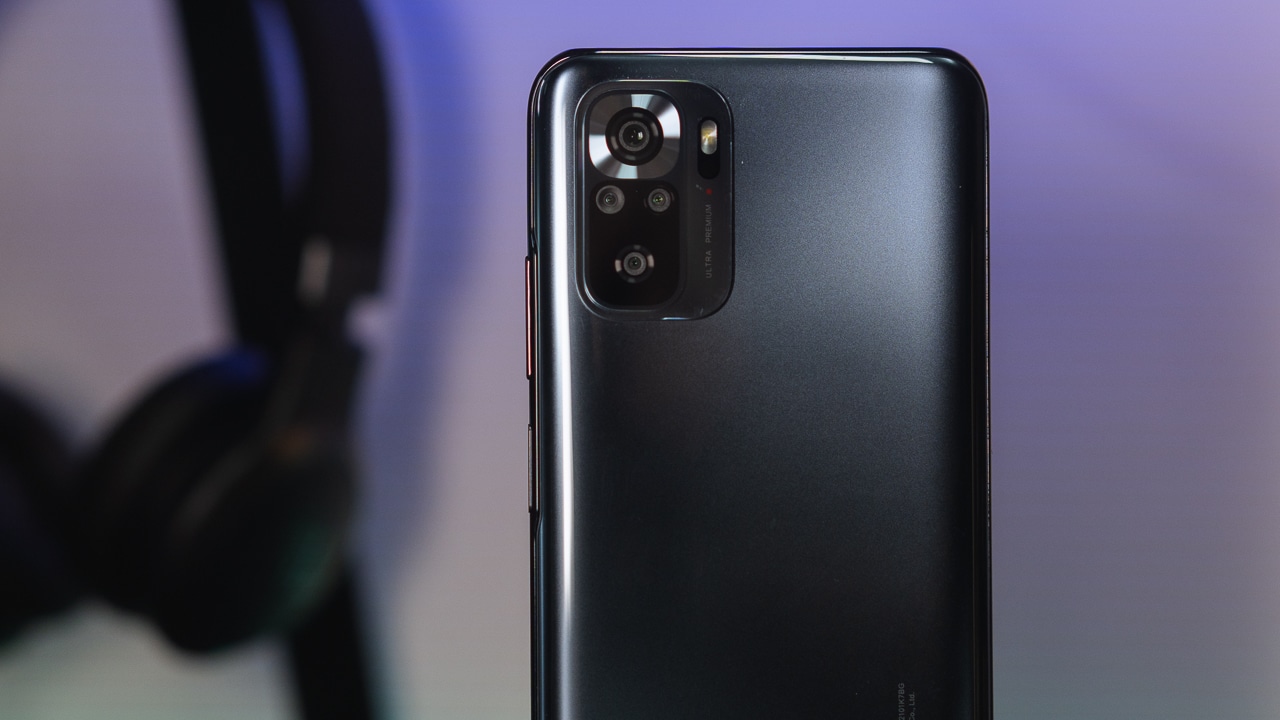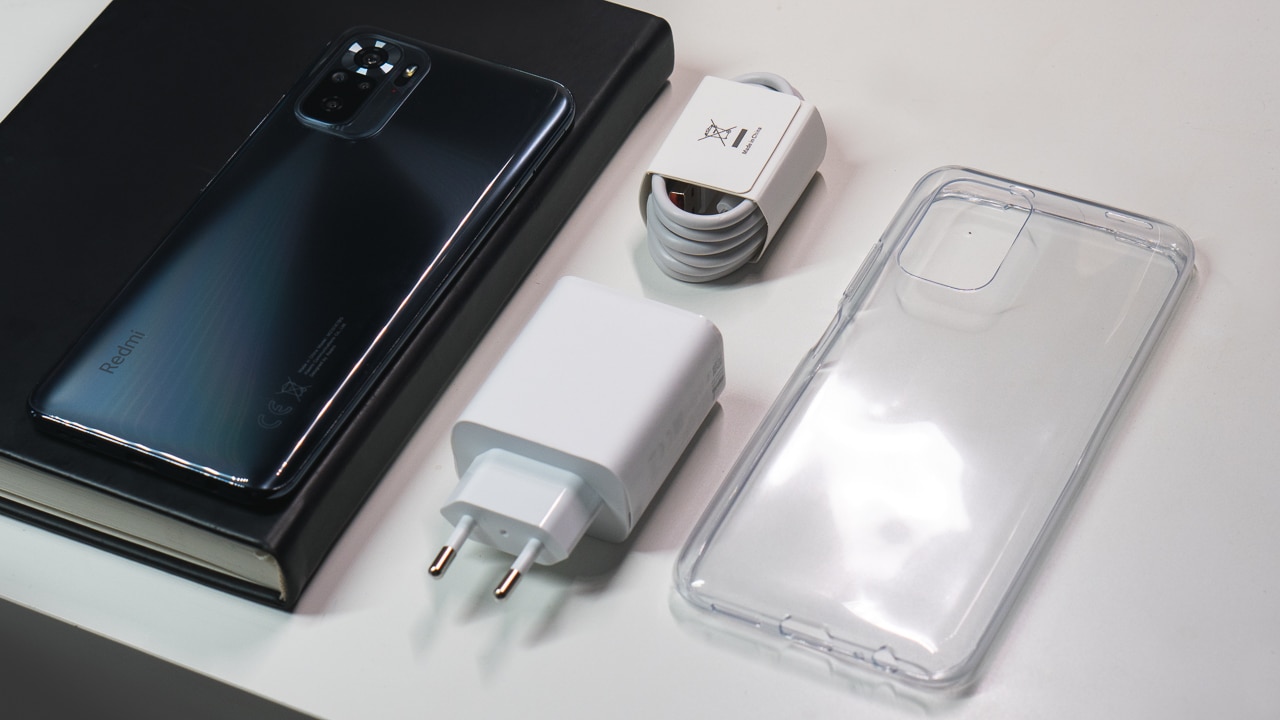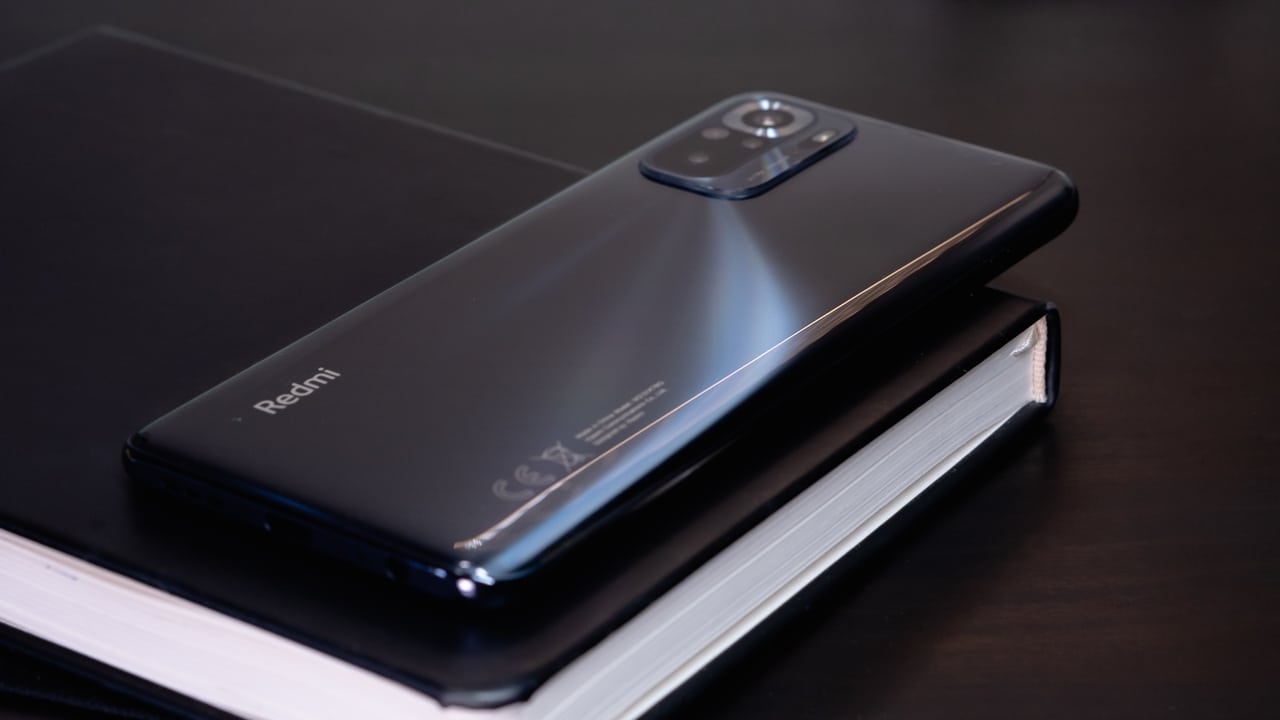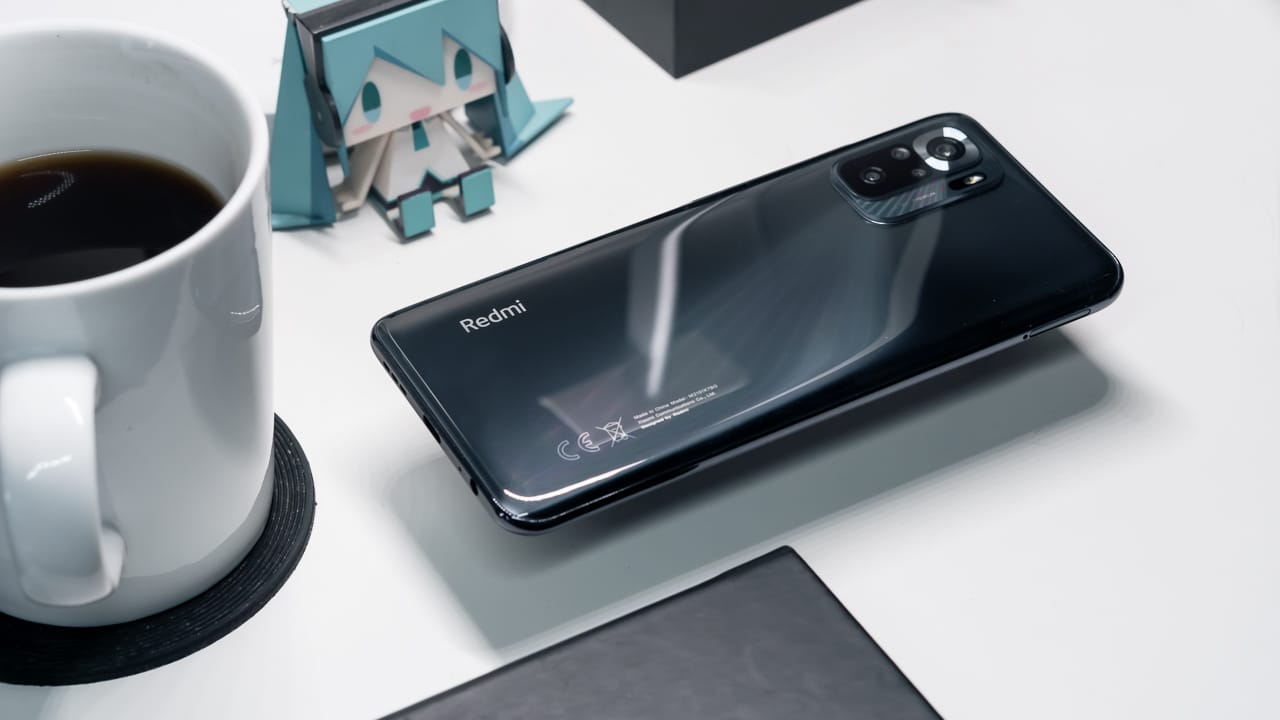At the Huawei Developer Conference 2020, Huawei unveiled EMUI 11. Wang Chenglu, President, Software Department, Huawei Consumer Business Group (BG), outlined the key features of the new operating system, including the new human factors-based user experience (UX) design, new privacy and security features, and improved all-scenario experiences.
Artistic design scientifically optimized for user interaction
In product design, perfection is achieved where art meets science and, with EMUI 11, Huawei strikes an ideal balance between the two. The new artistic design offers a breath of fresh air, while the transitions and UI interactions have been optimized for human factors to improve the user experience.
Fuelled by new artistic inspiration and augmented with new technology, EMUI 11 offers a canvas for users to express their boundless creativity with new Always-On Display (AOD) options. The new AOD lets users customize their screen with a personal flair by using modern art. Inspired by the work of the renowned painter Piet Mondrian, the new AOD is adopted with a primary color palette of red, yellow, and blue. Users are also free to go beyond Mondrian’s color scheme and coordinate the AOD color palette with their own photos. For instance, users can easily match the color of the AOD with their daily outfits by snapping a picture of their clothing. AI algorithms will extract the color of the image and generate a matching palette for the AOD.
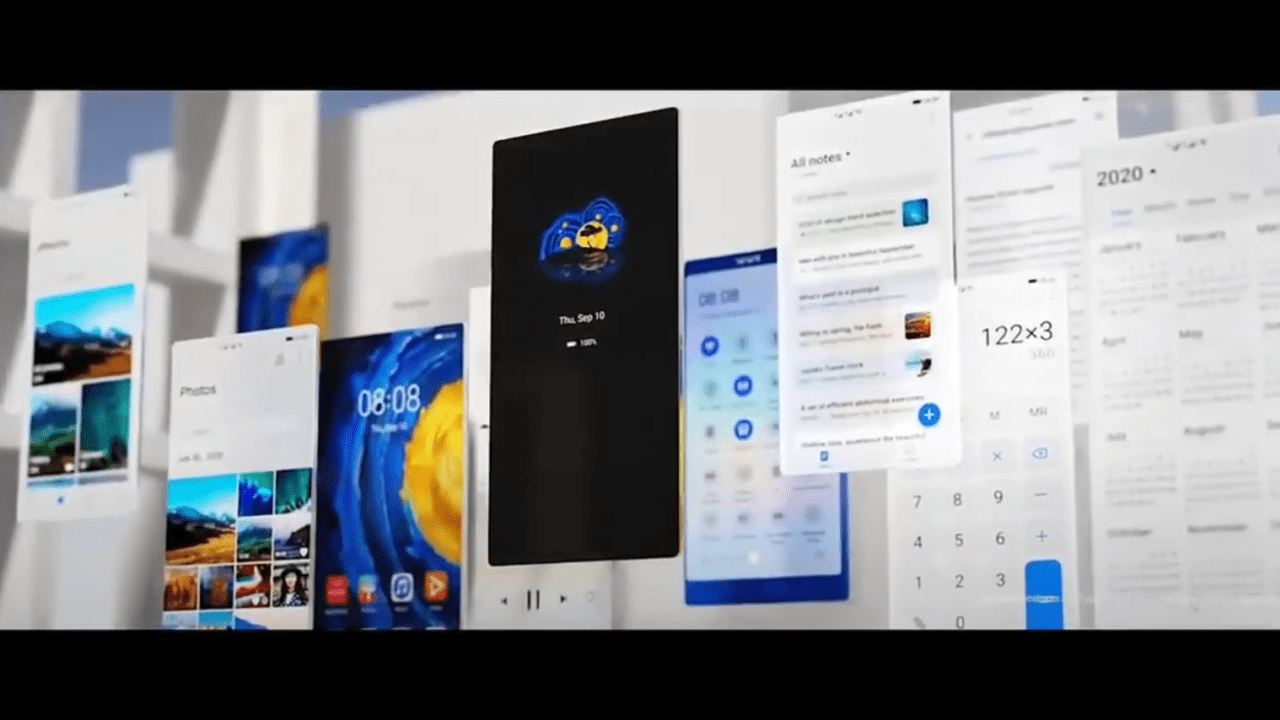
Huawei’s Human-Factors Engineering Research Lab contributed to the ergonomic design of EMUI 11. Comprising some of the best academics in and human factors engineering from top universities including Tsinghua University, Zhejiang University, the Chinese Academy of Sciences, the research team thoroughly analyzed the user experience and optimized EMUI 11’s visual and interactive experience to attain the highest degree of user comfort and enjoyment.
New long-take transition animations, inspired by their namesake technique in the field of cinematography, help users focus better on the task at hand. Huawei’s human factors research results indicate that, compared to regular transitions, long-take transitions effectively shorten user eye movement and lessen fatigue while improving recognition efficiency.
Improved distributed technology delivers new user experiences
All-scenario features powered by Huawei’s distributed technology, such as MeeTime and Multi-Screen Collaboration, have already become signature features of EMUI. This innovative technology enables devices to virtualize and share their software capabilities with each other. Users are no longer bound by hardware limitations and are free to customize their experience based on their individual needs and preferences.
Benefitted by improvements made to distributed technology, Multi-Screen Collaboration now supports up to three active windows. Students can make particularly effective use of this feature while attending online classes. For instance, they can use the first window to watch the stream, the second window for a notetaking app, and discuss lecture materials with fellow classmates on the third.
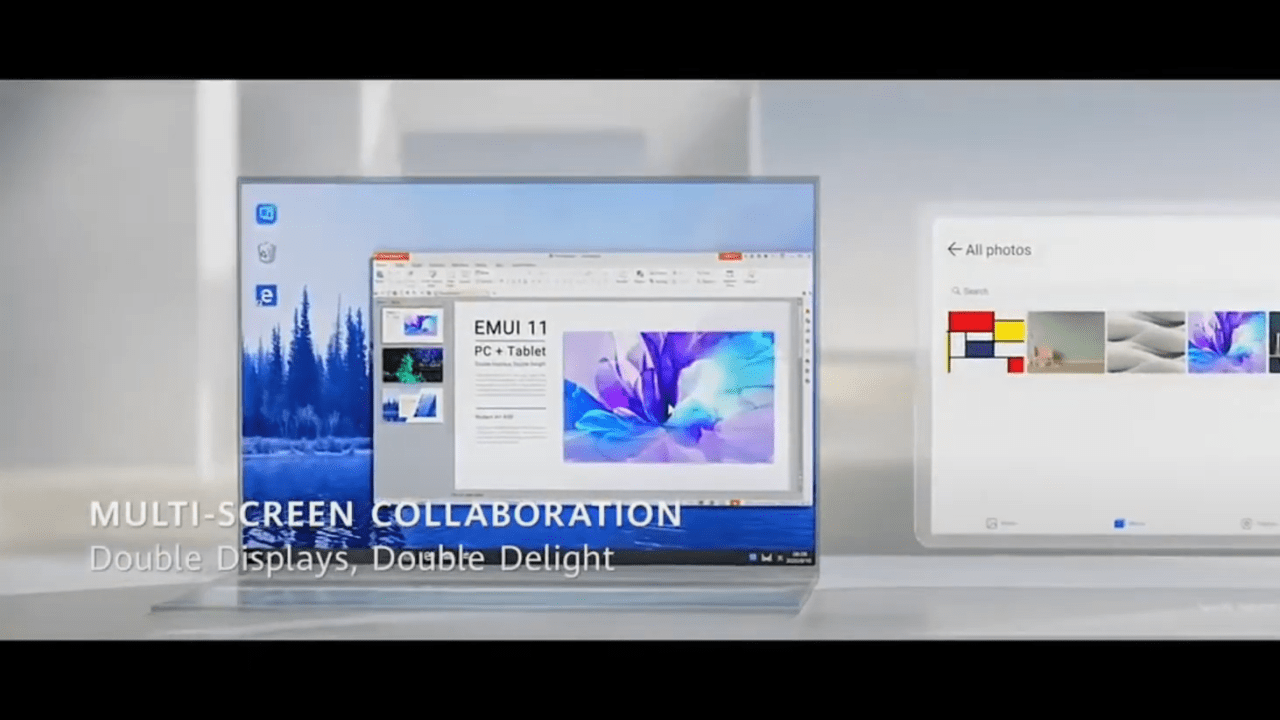
Multi-Screen Collaboration also enables better synergy between PCs and tablets. Once a connection is established, the tablet can act as an external webcam or second screen for the PC, while the PC can share its input peripherals with the tablet. Documents saved on the PC can be edited directly through the tablet, either with touch inputs or a stylus for illustrations. In a business meeting, users can easily mark-up presentation slides as and when they are needed to help them explain their ideas or use the second screen to look-up additional information to facilitate discussions.
Certified security and privacy features to safeguard personal data
The EMUI has always featured comprehensive security solutions to protect Huawei device users. On the system level, EMUI’s TEE OS kernel obtained the highest level of CC EAL5 +, which is the highest commercial OS microkernel security level in the world. Huawei strictly complies with local and international regulations on user privacy, including GDPR and GAPP, and the company received certifications including but not limited to ISO27701 and ePrivacyseal. These are some of the most influential privacy protection certifications in Europe. All these certifications serve as a testimony to Huawei’s commitment to global standards across the full product lifecycle – from design, R&D, and maintenance – and protecting user privacy.
EMUI 11 also comes with new privacy features. When transferring images, users can easily purge the file of all sensitive personal data such as location, time, and device details before it is sent. Encrypted memos also keep personal notes personal by securing the content with a PIN or biometric lock.

EMUI 11 Beta Program
During the keynote, Huawei also announced the EMUI 11 beta program. Eligible devices include HUAWEI P40, HUAWEI P40 Pro, HUAWEI P40 Pro+, HUAWEI Mate 30, HUAWEI Mate 30 5G, HUAWEI Mate 30 Pro, HUAWEI Mate 30 Pro 5G, PORSCHE DESIGN HUAWEI Mate 30 RS, HUAWEI MatePad Pro, and HUAWEI MatePad Pro 5G. Beta eligibility will be extended to Honor 30, Honor V30, HUAWEI nova 7, and more at a later date.





